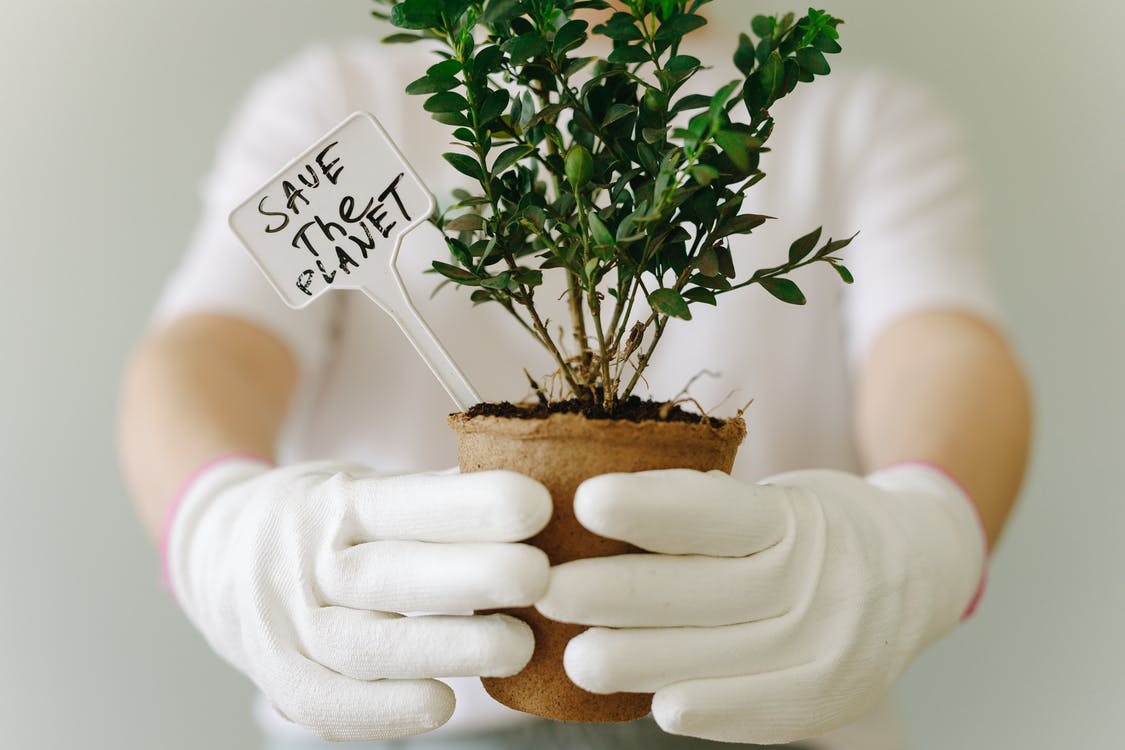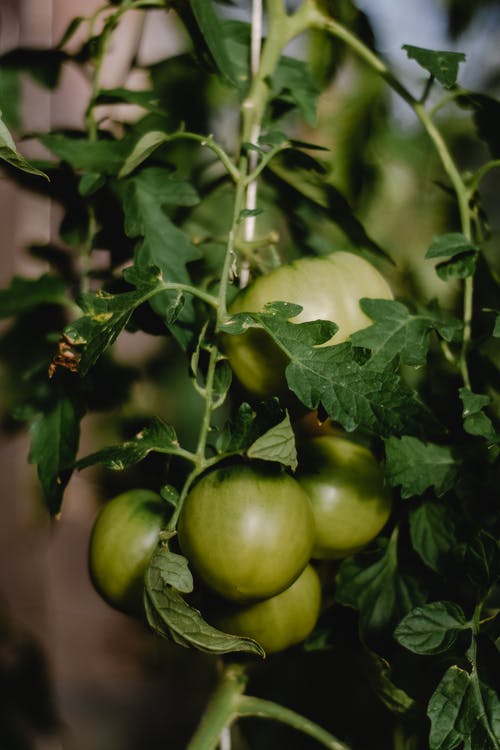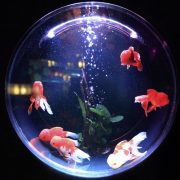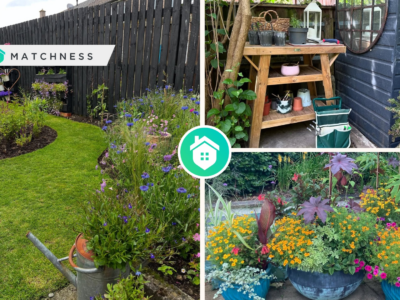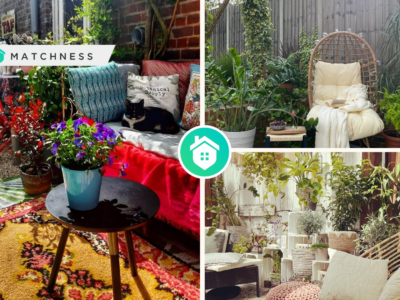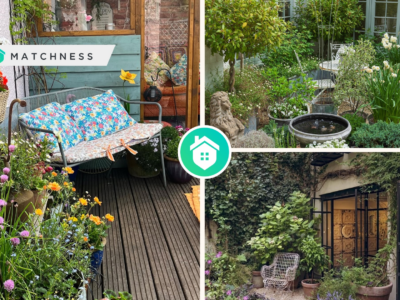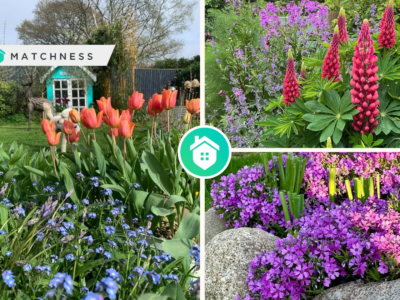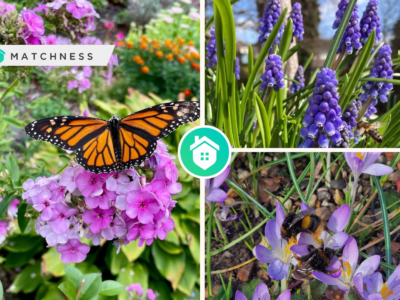Mankind has been exploiting the Earth for millennia which has brought us nearly to the brink of ecological catastrophes. In order to save our planet, many scientists have been working on natural ways of production. One of the important ways of sustainable production while keeping our planet safe is permaculture.
Here are 4 things you should really know about permaculture!
1. What is permaculture
The term “permaculture” is a blend of two words – permanent and agriculture. It is a sustainable way of production. Much of Earth’s surface has been either destroyed or made impossible for fostering life. Centuries of careless exploitation have damaged the ecosystem in many different places of the world.
However, contrary to this stands permaculture. Permaculture is viewed as one of the last remaining hopes of saving the Earth and preventing its degradation and destruction. This is because permaculture is designed in such a way that it is both sustainable and self-sufficient. In other words, it is an ecologically-friendly way of continuing life on Earth. It is a way that supports and fosters life and development without detrimental effects on the environment. For more information on it click here and find about this incredible invention that may save our planet. For instance, by saving energy and recycling it, we can ensure a glimmer of hope in a better future for us, our children, and all the generations to follow.
2. What are the branches of permaculture
There are many different branches of permaculture, but all have a common goal – to be as sustainable as possible. In this way, we have many self-maintained smart designs of, for example, environmental, ecological, biological, regenerative, and sustainable engineering.
Moreover, permaculture employs creative and adaptable systems that take into account the effect it has on the environment so that it preserves it and protects it from degeneration and exhaustion. In other words, it views its effect on the surroundings both in short and long-term use and consequence and accordingly adapts its means of use and work.
 3. The principles of permaculture
3. The principles of permaculture
Since the main goal of permaculture is to keep the line of production sustainable and line in line with nature, its main principles are represented by the following:
- Maximum use and benefit from a single element
This approach to the applicability and use of all the elements used in production minimizes the waste of resources and potential. In this way, for example, a single tool can be multiply used for different purposes.
- Energy efficiency
According to this principle, we invest as little resources as necessary but achieve as much benefit as possible, and leave minimal waste.
- Recycling
Recycling is one of the key principles of permaculture. By recycling a thing not only do we get more of it, but we also prevent the accumulation of waste and thus pollution of the environment.
- Organic production
Biological rather than artificial products also minimize the waste and pollution of the environment, the organic ones are bio-degradable and thus much more eco-friendly than the artificial ones. This principle also promotes higher efficiency at a lower cost both for us and our planet.
4. How to make your permaculture garden
The first step to making your permaculture garden is to consider and assess your possibilities. Observe your surroundings, get acquainted with the ecosystem, including animals, birds, and insects in your environment. Especially pay attention to the parts that get most of the sun during the day, and those that don’t.
Accordingly, create a framework for your desired garden. For example, concerning the environment, you may choose plants that are likely to grow and develop in it. Moreover, you may think of planting plants that attract insects such as bees, butterflies, and similar ones. These insects have a great share in preserving our plants and beginning many benefits to us. Likewise, always make sure you fertilize the soil before planting as this will be conducive to the growth of your plants, but be careful not to disturb the soil while doing it. Next, you may begin by planting taller plants rather than the smaller ones, as the former will ensure sunshade for those below them.
Water is the source of life in your garden, but try to make a watering system that is both effective and efficient, that is, the one that does not waste water or does so minimally.
Permaculture has been acknowledged and received widespread support across the globe as an agricultural design, but also as a way of preserving and sustaining our planet and making it a healthier and more comfortable place to live in.



